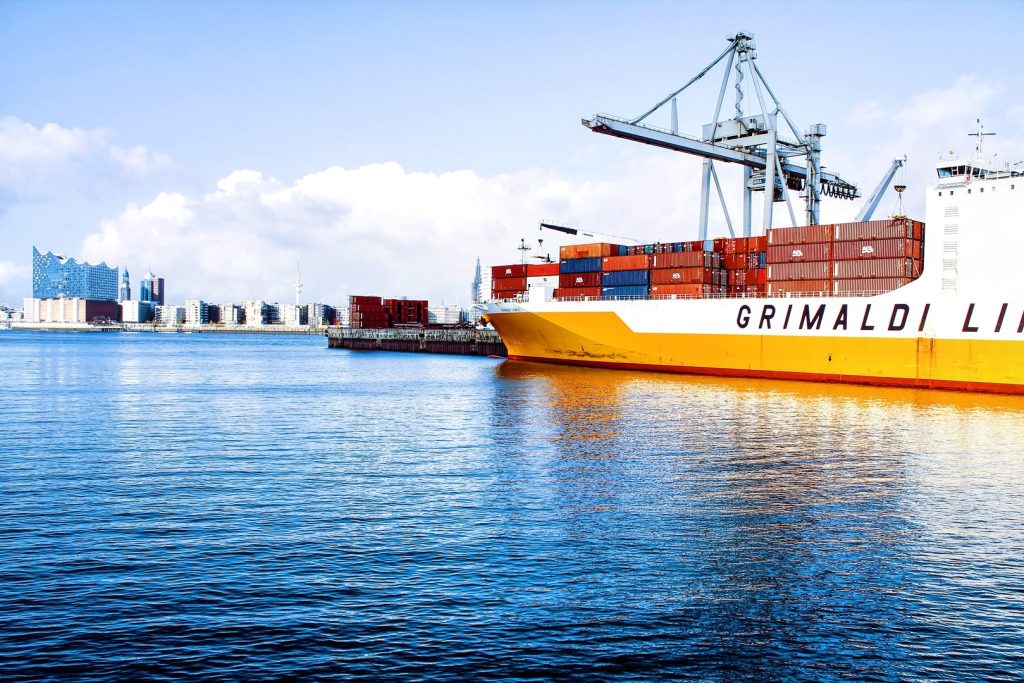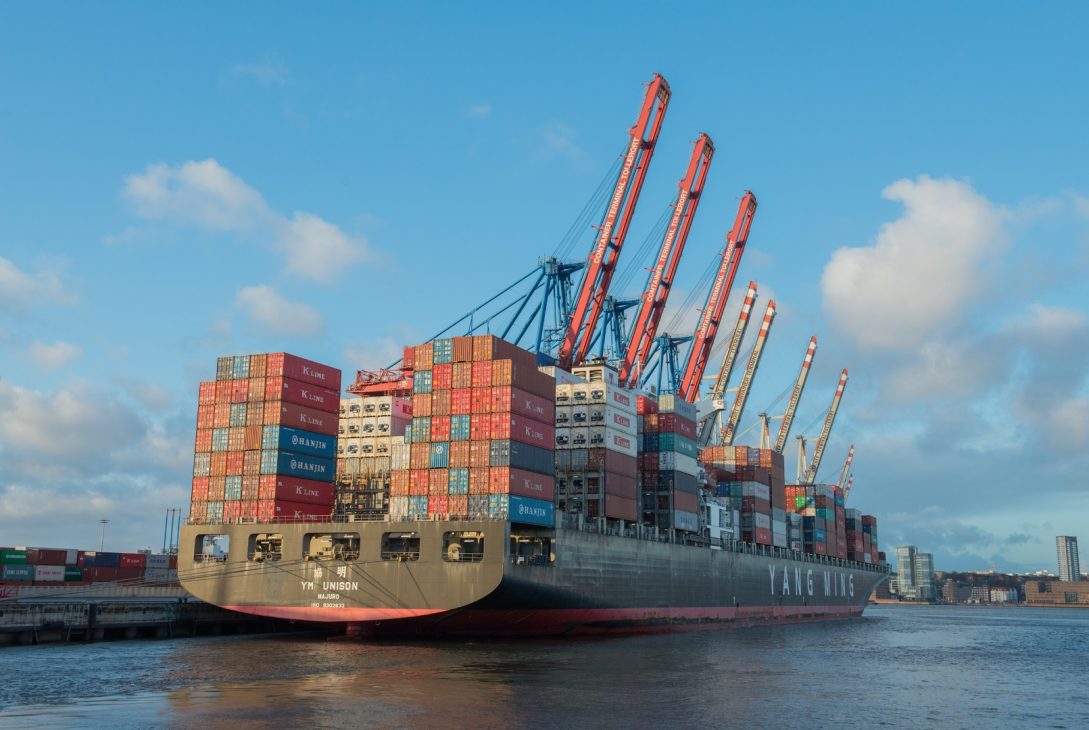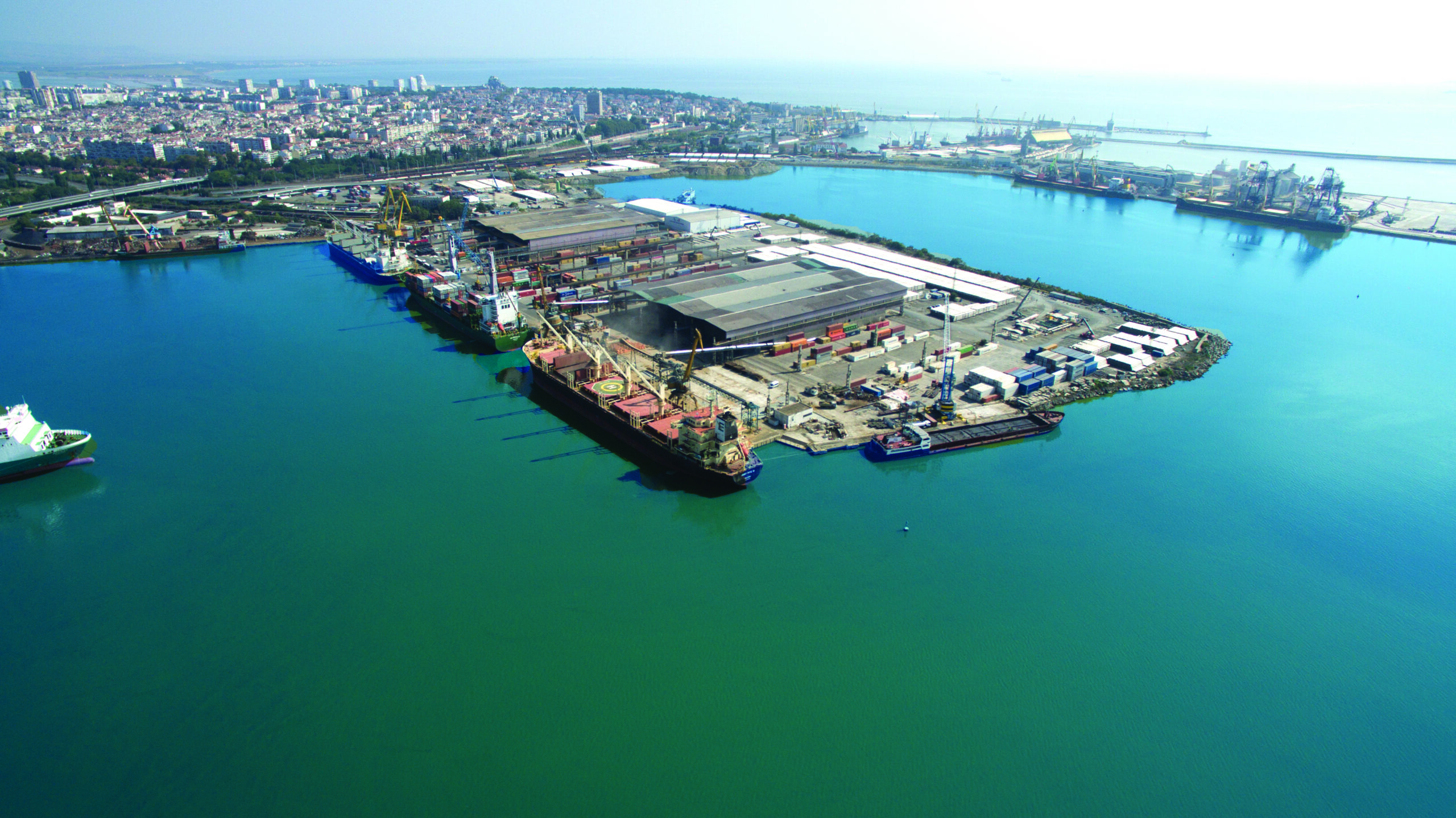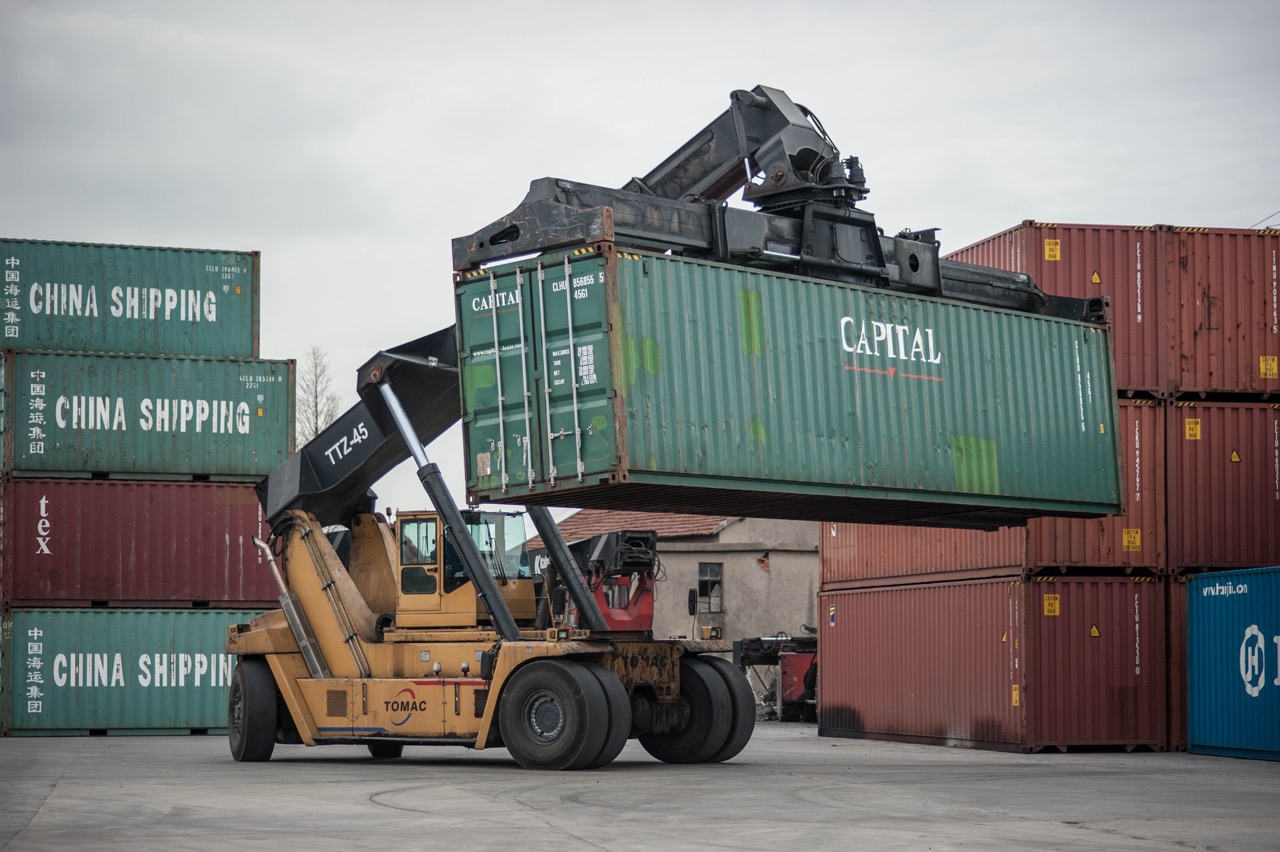Container rates go down: the reasons for the drop in demand
2021 was a real test for the transportation market. Carriers significantly increased their profits due to the rapid increase in demand, and their customers tried their best to reduce costs. However, container rates went down sharply last year and continue to decline.
The Drewry index is now down 70-80% from the same period in 2022. Before the pandemic, shipping a 40-foot container was $1,600, but in the second half of 2020, there was a real rush in the market. After the covid restrictions were lifted, demand for goods along the China-Europe route increased several times. At the same time, there were problems in shipments, disruption of supply chains, and congestion on the sea lanes. All this led to catastrophic capacity shortages and higher rates. In September 2021 there was a record WCI index – it passed the 10 thousand-dollar mark. On the Shanghai-Rotterdam route, the index showed growth to 15 thousand dollars.
Now the situation is also rapidly developing but in the opposite direction. In the spring of last year, rates began to fall. Now the WCI Drewry index has reached the level of $2,591, having fallen by 7% in just one week. Meanwhile, last month the index was holding steady at $3,000.

Similar dynamics are observed among other indices. For example, Freightos Baltic dropped to $3,038 from $3,185 for the week. The SCFI index, which reflects the situation in Shanghai, fell to $1,306, having shed more than $100. And it should be noted that the greatest decline in rates was recorded on the route from China to Europe.
Container freight on the route from Shanghai to Rotterdam is at 2687 dollars, which is 14% lower than it was 7 days ago. At the same time in September last year, rates here were 7583 dollars, which is a drop – at the level of 65%.
The logistics market has changed significantly since the pandemic, exacerbated by ship blockages in the Suez Canal, plant restrictions in China, and geopolitical conflict in Europe. Consequently, many ports cannot cope with congestion, and container turnover is taking a longer cycle than it did before the pandemic. After record demand, there has been a decline. People are trying to save money by shopping carefully, preferring only necessary goods. Instability and changes in consumer behavior are reflected in the shipping market, and market participants are trying to adjust to the realities. In addition, the climate problem has to be solved, and new rules will take effect in the second quarter of this year. The latter is aimed at enhancing the efficiency of the ships, which will lead to the abandonment of the outdated fleet. This fact will also affect the distribution of rates and demand for services.















